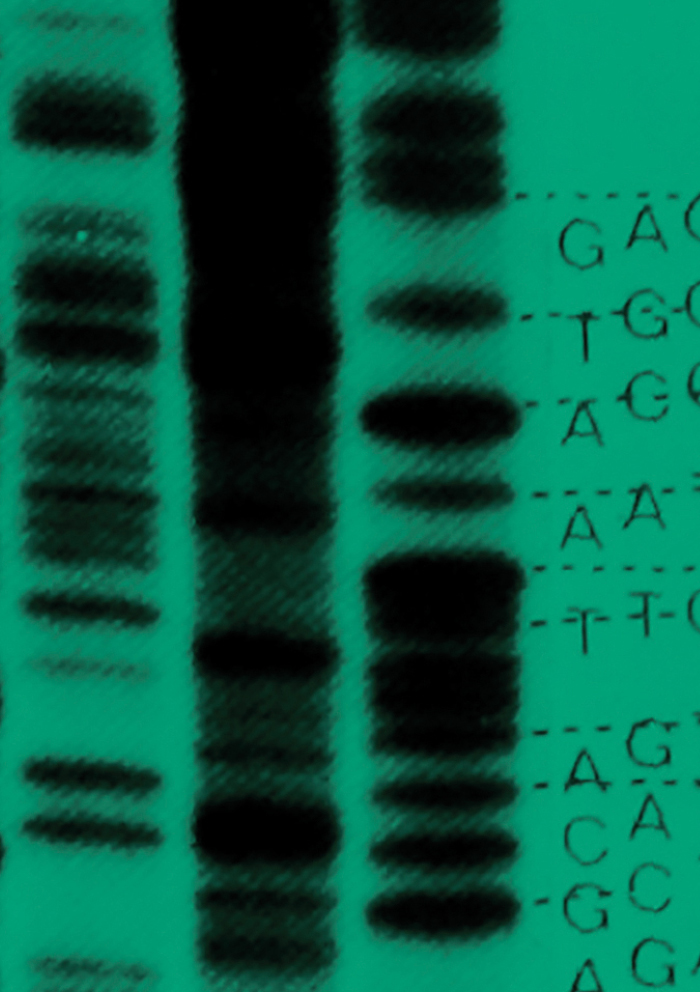 -
Volume 2,
Issue 5,
2016
-
Volume 2,
Issue 5,
2016
Volume 2, Issue 5, 2016
- Research Paper
-
- Microbial evolution and epidemiology: Population Genomics
-
-
Pan-genomic perspective on the evolution of the Staphylococcus aureus USA300 epidemic
More LessStaphylococcus aureus USA300 represents the dominant community-associated methicillin-resistant S. aureus lineage in the USA, where it is a major cause of skin and soft tissue infections. Previous comparative genomic studies have described the population structure and evolution of USA300 based on geographically restricted isolate collections. Here, we investigated the USA300 population by sequencing genomes of a geographically distributed panel of 191 clinical S. aureus isolates belonging to clonal complex 8 (CC8), derived from the Tigecycline Evaluation and Surveillance Trial program. Isolates were collected at 12 healthcare centres across nine USA states in 2004, 2009 or 2010. Reconstruction of evolutionary relationships revealed that CC8 was dominated by USA300 isolates (154/191, 81 %), which were heterogeneous and demonstrated limited phylogeographic clustering. Analysis of the USA300 core genomes revealed an increase in median pairwise SNP distance from 62 to 98 between 2004 and 2010, with a stable pattern of above average dN/dS ratios. The phylogeny of the USA300 population indicated that early diversification events led to the formation of nested clades, which arose through cumulative acquisition of predominantly non-synonymous SNPs in various coding sequences. The accessory genome of USA300 was largely homogenous and consisted of elements previously associated with this lineage. We observed an emergence of SCCmec negative and ACME negative USA300 isolates amongst more recent samples, and an increase in the prevalence of ϕSa5 prophage. Together, the analysed S. aureus USA300 collection revealed an evolving pan-genome through increased core genome heterogeneity and temporal variation in the frequency of certain accessory elements.
-
- Short Paper
-
- Microbial evolution and epidemiology: Communicable disease genomics
-
-
Declaring a tuberculosis outbreak over with genomic epidemiology
More LessWe report an updated method for inferring the time at which an infectious disease was transmitted between persons from a time-labelled pathogen genome phylogeny. We applied the method to 48 Mycobacterium tuberculosis genomes as part of a real-time public health outbreak investigation, demonstrating that although active tuberculosis (TB) cases were diagnosed through 2013, no transmission events took place beyond mid-2012. Subsequent cases were the result of progression from latent TB infection to active disease, and not recent transmission. This evolutionary genomic approach was used to declare the outbreak over in January 2015.
-
Most Read This Month


